In this heartfelt piece written last year, Ike Ijeh sets out why the decision to approve the Shell Centre will damage London
This morning the Secretary of State approved controversial redevelopment plans for London’s Shell Centre. While this is a tragic day for everybody who, as I do, loves this city, it sadly comes as absolutely no surprise. Ever since John Prescott’s one-finger salute to the capital in the shape of the Vauxhall Tower, planning inquiry after planning inquiry has found in favour of the developer.
Heron Tower, the Shard, the Walkie-Talkie, Doon Street Tower and One Blackfriars all triumphed at planning inquiry. It is virtually a foregone conclusion that plans to eviscerate Smithfield Market will enjoy similar consent later this year.
Some may champion these approvals as a vindication of both the design quality of the buildings concerned and the judicial and planning processes that scrutinised them. Detractors might thus easily be caricatured as sore losers with a predictable penchant for sour grapes.
In reality, this litany of inquiry points to three terrible things: an irrevocably broken planning system; a catastrophic collapse of design skill among large swathes of the architectural profession; and a city whose unique urban and architectural character is now teetering on the verge of oblivion.
If London had a strategic, co-ordinated, city-wide tall buildings policy framework that guided (not suppressed) the development of tall buildings in the capital and intelligently and sensitively sought to consolidate them within London’s historic context then we would not need to constantly resort to this farcical, profligate parade of inquiries.
Instead of this we have a mayor who fantasises about Malaysian investors, a Duma of GLA planners so stunningly witless as to describe Vauxhall Tower as “a welcome addition to the riverside and skyline”, a planning system so inconsistent that while 230m Heron Tower was subject to public inquiry the 288m high Pinnacle next door was not and bodies like English Heritage and the City of Westminster reluctantly assuming the role of urban sheriffs in increasingly futile attempts to stem the opportunistic development gold rush exploding all around them.
But surely, even if the planning system is a mess, architects will ride to the rescue and harness design integrity to protect and enhance what is left of our assaulted urban environment? Sadly not.
Where is the sense of place in the approved Shell Centre designs? Does it attempt any sort of relationship with the historic Westminster World Heritage Site across the river? What aspects of its architecture are unique to the grain, character and identity of London and the South Bank and could not as easily be replicated in Dubai, Shanghai or for that matter east London’s former Olympic Village? What does its architecture contribute to London and the Thames? How does this proposed gulag of towers conform to an overall strategic vision for London and its skyline?
Is anybody in the GLA, the Communities department or the assorted architectural practices that churned out this dirge even asking these questions? Do they even understand London and the prevailing urban context it offers? From the evidence of the scheme’s insipid visualisations and the Secretary of State’s nonsensical justification it would appear not.
When architecture is reduced to a Tetris game of shifting floorplates and market-determined density ratios, then whatever the status of the architects involved, quality and character are easily sacrificed.
When architecture is reduced to a Tetris game of shifting floorplates and market-determined density ratios, then whatever the status of the architects involved, quality and character are easily sacrificed.
Mournfully, from Vauxhall to Mount Pleasant to Bankside, this is increasingly the case with large London developments where it appears that scheme after scheme that gains approval not only bears no relation to the character of the city but actively seeks to harm it.
And it is London’s unique urban character, its innate ability to maintain what is an essentially humanist mix of intimacy and diversity on a vast scale, that is central to the city’s appeal. Yet schemes like Shell Centre engage in the worst kind of deception, they selfishly and cynically seek to profit from the success of that character while destabilisng it at the same time.
It would seem that much of our architectural and political elites are either too greedy or ignorant to stem this advancing corrosion or, even worse, they simply do not care. Until they do we risk destroying what helps makes this great city unique.


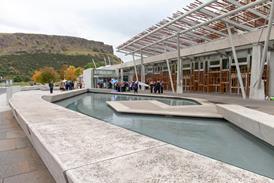

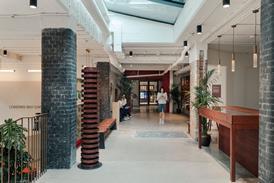




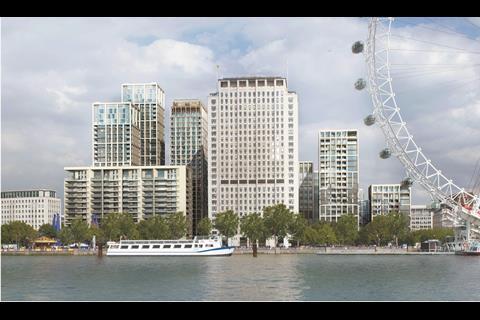
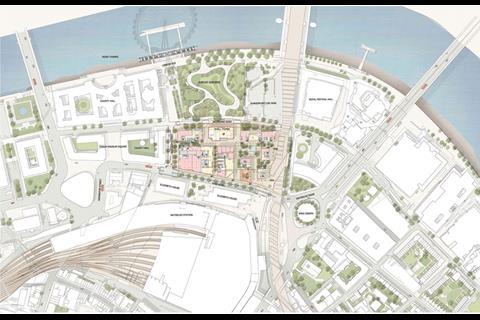

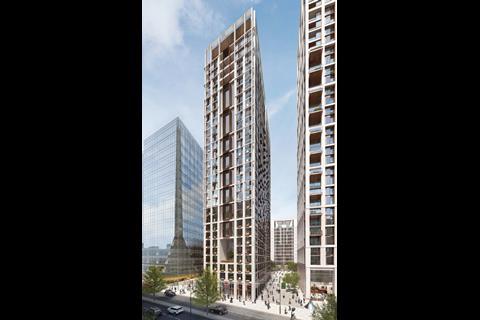
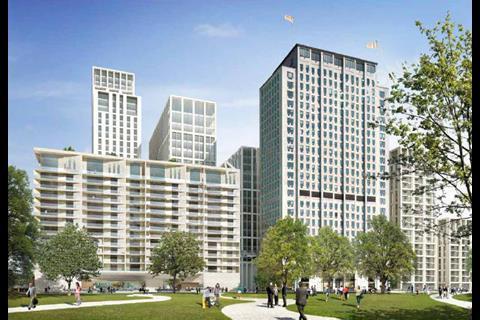
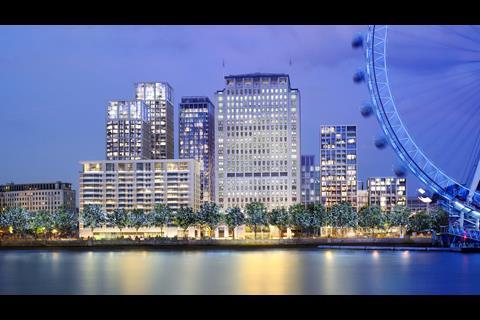
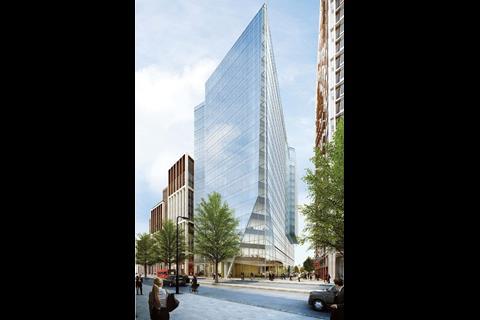







13 Readers' comments